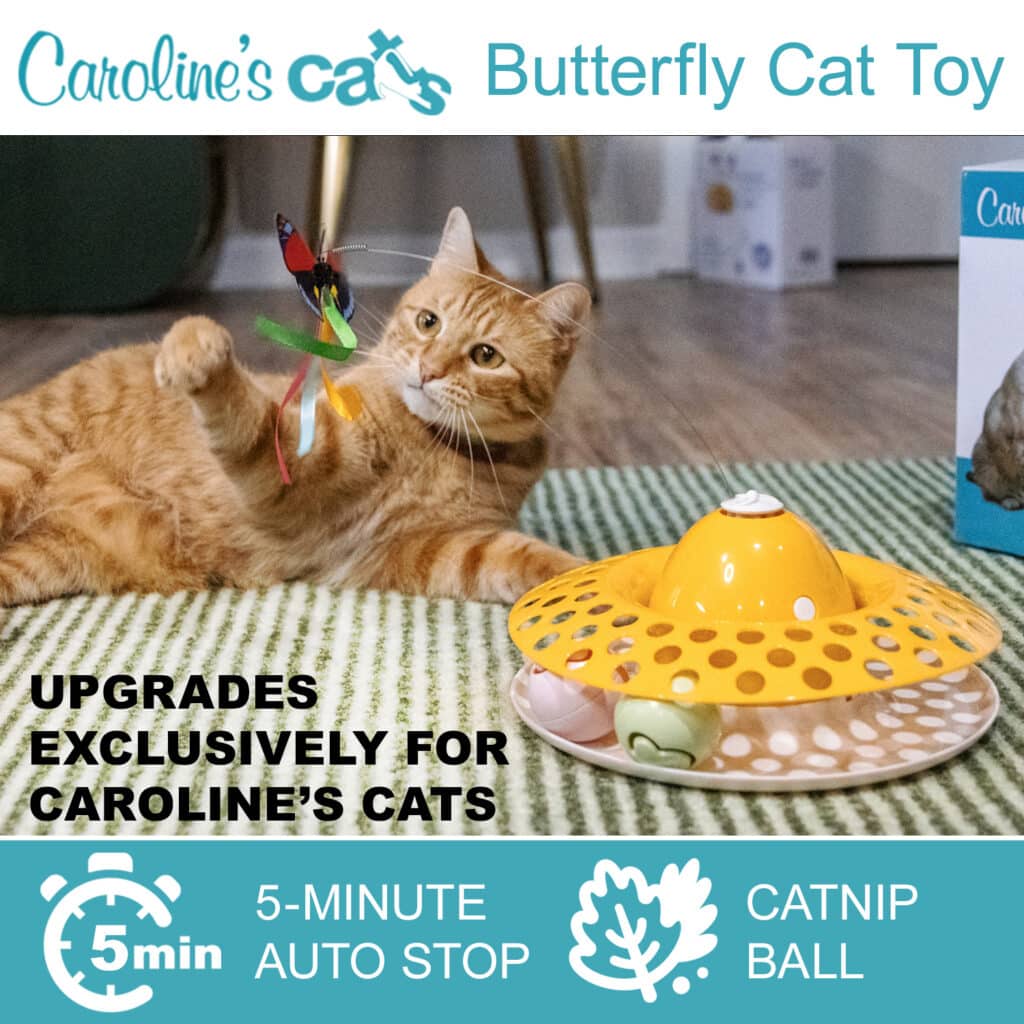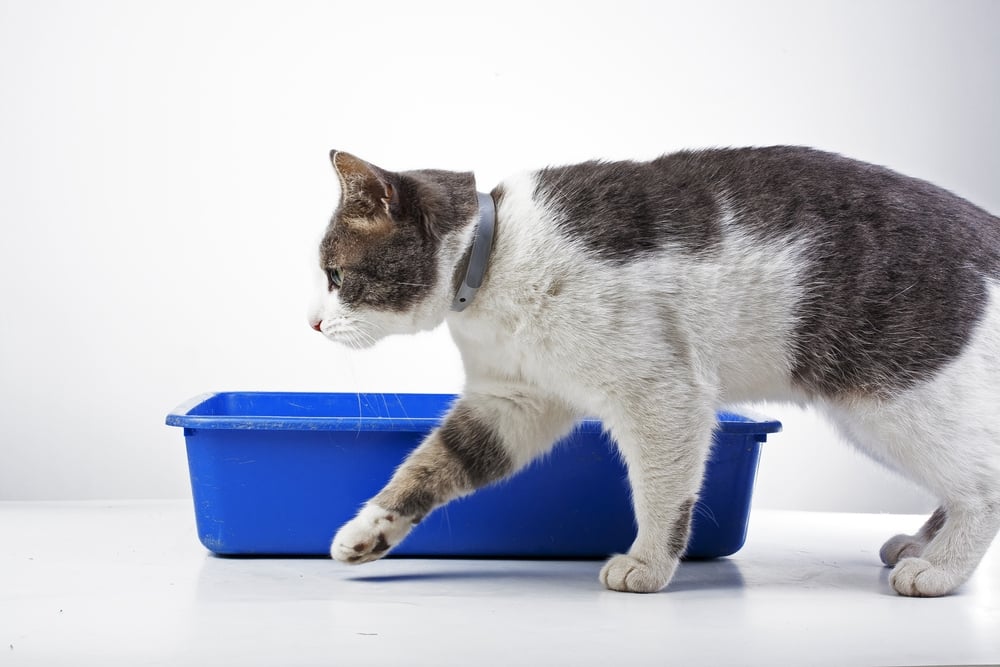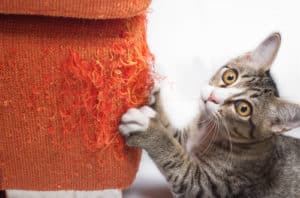It’s a dark winter morning, and you’re already late getting ready for work. Last night was hectic, and you forgot to fold the laundry. You reach into the basket, expecting to pull out a clean outfit, and instead, you feel something warm and wet. If you have more than one cat, you’ve probably been there. Unfortunately, once a cat starts going outside the box, it’s not long until the other cats do the same, and you are stuck with a smelly, sticky problem. Cleaning up the urine will do little to help. To fix the problem, you must figure out the root cause. So, why is my cat peeing on everything? These five factors are the most common reasons why your cat won’t use the litter box.
1. Medical Problems
This is the first possibility to rule out when your cat starts urinating or defecating outside the litter box. Urinary tract infections can give your cat feelings of urgency, preventing him or her from reaching the litter box in time. These infections are most common in female cats, but can occur in male cats, too. A bowel obstruction, parasitic infection or other digestive ailment may cause a cat to defecate outside the litter box.
If your cat has recently been declawed, residual pain from the surgery may explain his aversion to the litter box. Some cats even have sensitive paws for the rest of their lives after declawing, and this sensitivity makes it uncomfortable for them to dig.
Subscribe to Our Email List:
2. Dirty Litter Boxes
Cats are naturally very clean animals, and in nature, they would not urinate or defecate in the same place twice because they would not want to get their paws dirty. A dirty litter box is highly unappealing to your cat and may be the reason your cat won’t use the litter box. Cleaning your litter box twice per day may help encourage him to start using it again. If you have more than one cat, make sure you have one litter box per cat. This not only keeps the litter cleaner, but also allows each cat to adopt his or her own space.

3. Covered or Poorly-Sized Litter Box
Owners love covered litter boxes because they keep the litter spray to a minimum, but these litter boxes are not appealing to most cats. Some are afraid of closed-off spaces, and refuse to go in covered boxes. They know that if a predator were to approach the opening, they would be trapped with nowhere to run. Removing the lid often solves the problem within days. Similarly, cats do not like litter boxes that are too small or cramped. Purchasing a larger litter box, or even using a large tote rather than an item marketed as a litter box, is an easy solution.
4. Poor Location
Cat owners tend to group cats’ eating areas their litter boxes together, but this arrangements is unappealing to cats. They prefer to urinate and defecate far from their feeding area. Placing the litter box on one floor and the feeding area on another is a good choice. Also make sure there is enough room around the litter box for your cat to easily jump in and out. If your cat won’t use the litter box, place the box in a secluded location so that your cat can use it in peace. If your cat is shy, avoid placing the box in an area that requires him to navigate a room full of people to use it.
5. Acting Out
Many cat owners believe behavioral issues are the reason their cat won’t use the litter box. However, this is actually the least common cause of going outside the litter box. Most episodes can be explained by one of the causes listed above. If you find that none of these apply to your cat’s situation, it’s possible that your cat is “acting out.” Has there been recent changes in your home, such as a new baby or a new pet? Have you stopped spending as much time with your cat? Is there a new person in your life that may be mistreating your cat? If the answer to these questions is yes, than modifying the new factor to make your cat more comfortable will likely ease the tension and stop him from acting out.

Cats are one of the easiest animals to litter train because they instinctively prefer to urinate and defecate in sand or soil. However, there are times when even the most trained cat will go outside the litter box. If your cat displays this behavior, start by ruling out medical explanations, and then consider the other factors above. Most situations can be remedied by making simple changes.
Click here for other cat-related articles.



![Read more about the article Pretty Litter Review: 5 Things I Loved [2023]](https://carolinescats.com/wp-content/uploads/2020/01/pretty_litter_review-300x300.jpeg)
